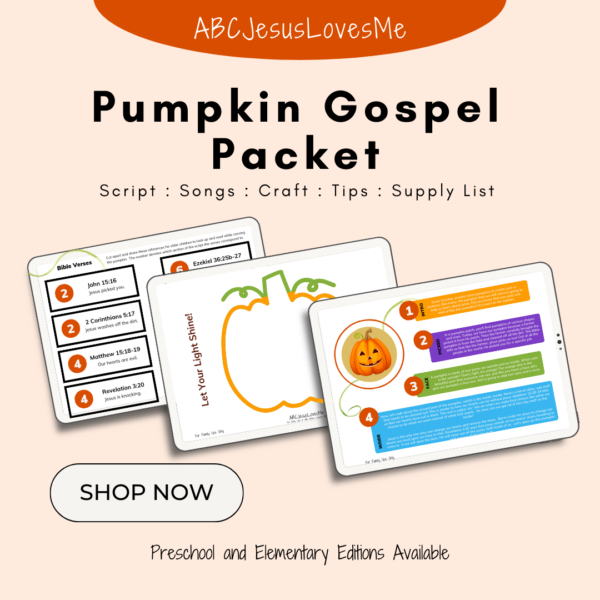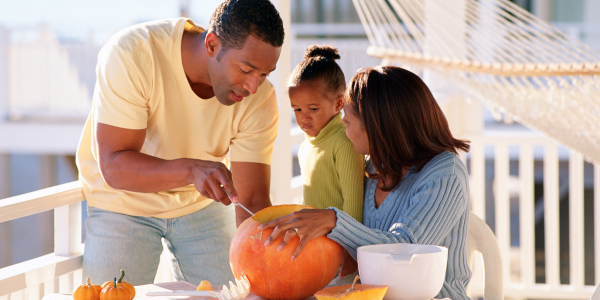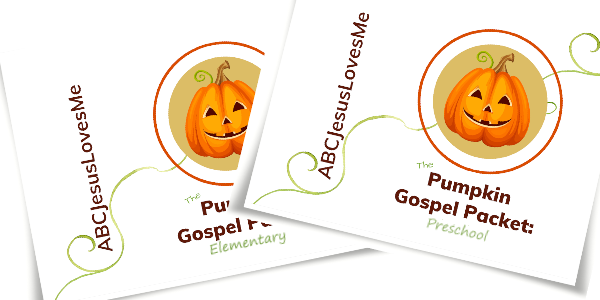There are two holiday traditions I’m especially thankful we started when my children were young. I truly believe they were key in helping them understand the Gospel and Jesus’ deep love for them.
Holidays are filled with excitement, decorations, and gifts—but when faith is woven into those moments, they become powerful teaching tools. These two traditions—The Pumpkin Gospel and The Happy Birthday, Jesus Cake and Party — helped anchor our celebrations in Christ and gave my children tangible, age-appropriate ways to connect the fun of each season with the truth of God’s Word.
Today we are going to dive into the Pumpkin Gospel.
Pumpkin Gospel Packet
You may have heard of explaining the Gospel while carving a pumpkin – but if you’ve ever tried it, you know it can feel a little overwhelming. What do you say? How do you adjust the message for different ages?
Those questions are exactly why I created the Pumpkin Gospel Packets—one for preschoolers and another for elementary-age children. Each packet provides a word-for-word script, guiding adults in sharing the Gospel message through the familiar activity of pumpkin carving.

What’s Inside the Pumpkin Gospel Packet
These packets go far beyond simple carving instructions. Each one includes:
- A supply list to make prep easy
- Step-by-step guidance and helpful teaching tips
- Interactive scripts to keep children engaged
- Bible reading (Elementary Edition)
- Songs to reinforce the message
- A pumpkin-themed craft for hands-on learning
With a License, teachers can use this packet in preschool or church classrooms—perfect for fall festivals or family events where sharing the Gospel is the goal.

When the Child Doesn’t Like Pumpkin Guts
Let’s be honest: not everyone loves sticking their hands inside a pumpkin. That slimy texture can be uncomfortable! During my son’s 11 years of therapy, I learned the importance of not avoiding these moments but instead turning them into safe sensory experiences.
We don’t want to enable avoidance; instead, we want to equip the child to explore new sensations in a calm, supported way. Learning to engage their senses helps build confidence and resilience—two qualities that also help them trust God in new experiences.
Practical Tips for Sensory Success
1. Go Slow and Steady
Encourage the child to start small—maybe using one finger to touch the inside of the pumpkin. Gradually increase participation. Keep a bowl of warm water and a towel nearby so the child can rinse hands easily before the pumpkin residue dries.
2. Invite Friends
Peer modeling is powerful! Watching other children enjoy the experience often helps anxious kids feel braver and more willing to try.
3. Acknowledge the Child’s Feelings
Name the emotion the child is experiencing. You might say, “It sounds like you’re feeling nervous about how slimy the pumpkin feels.” Then gently remind the child, “A feeling is just a feeling – it isn’t in charge of you.” Connect the sensory fun back to the Gospel message that Jesus cleanses us from the “messiness” of sin.
If defensiveness or extreme aversion continues, consider discussing it with a pediatrician or scheduling an occupational therapy evaluation. Even if therapy isn’t required, a therapist can suggest simple activities to do at home. Early intervention can make a big difference.

It All Matters
These small traditions are not insignificant. They are meaningful ways to plant truth in the hearts of children. Whether it’s a pumpkin in October or a birthday cake in December, both moments whisper the same truth: Jesus loves the child deeply and came to bring them new life.
This season, choose one new tradition that helps the child connect faith with fun. You can find simple options – free and for purchase – for Halloween, Fall, and Christmas.
Keep it simple, keep it joyful, and keep pointing to Jesus. He will do the rest.


Leave a Reply